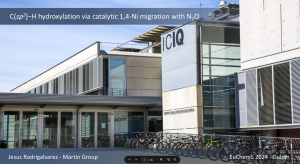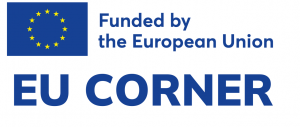While originally designed to control the topology of polymers, catalytic chain-walking reactions have recently offered new vistas for forging carbon-carbon bonds at previously unfunctionalized C(sp3)–H sites by formally translocating the metal catalyst throughout the alkyl side-chain of a substrate. In particular, nickel catalysis has positioned at the forefront of this emerging field due to its modular reactivity through one- or two-electron pathways. Nevertheless, the chain-walking process is poorly understood in mechanistic terms, being the nature of the active intermediates still subject of considerable speculation, and with Ni(I) or Ni(II) species arbitrarily proposed with no supporting experimental evidence.
This project will tackle the challenge of isolating and characterizing discrete Ni(I) and Ni(II) intermediates to test their reactivity in chain-walking scenarios. Control at Ni disproportionation-comproportionation events, and the use of alkyl carbon fragments with appendant carbonyl chelating-motifs will materialize this goal by intramolecularly stabilizing the nickel complexes. The knowledge acquired will be utilized for a regiodivergent chelation-controlled carboxylation of Weinreb amides with CO2, delivering 1,4-dicarbonyl motifs with two orthogonal molecular handles. Lastly, the asymmetric variant of this transformation will strengthen future applications of this novel reactivity in de novo drug synthesis, late-stage functionalization approaches, and radiolabelling assays.
 This project has received funding from the European Union’s Horizon Europe research and innovation program under grant agreement 101105032
This project has received funding from the European Union’s Horizon Europe research and innovation program under grant agreement 101105032





